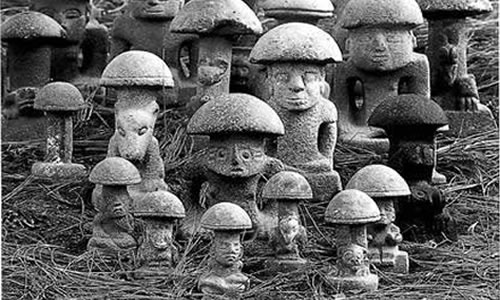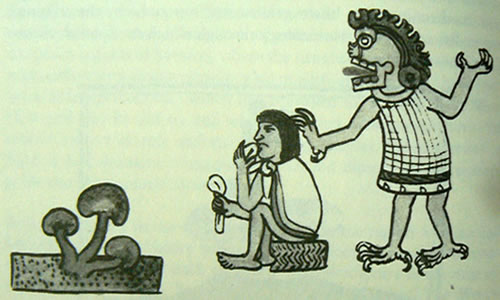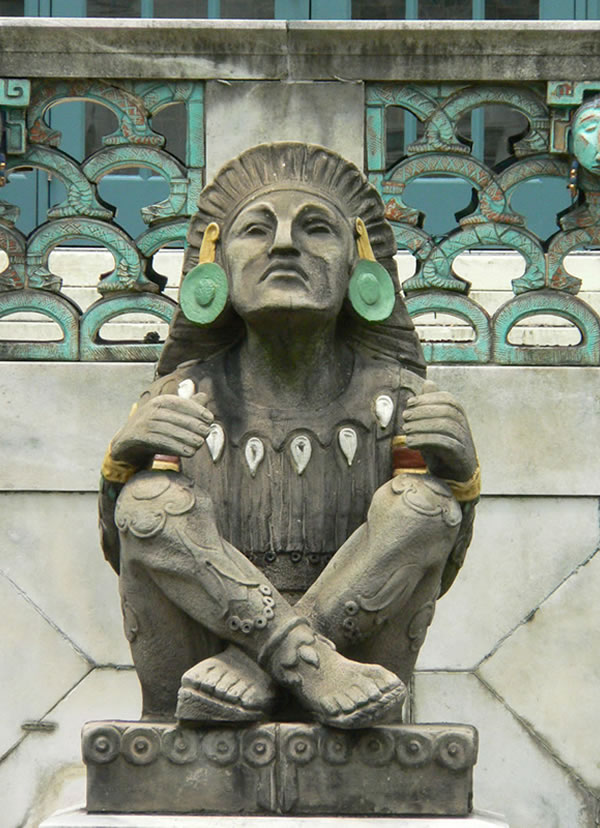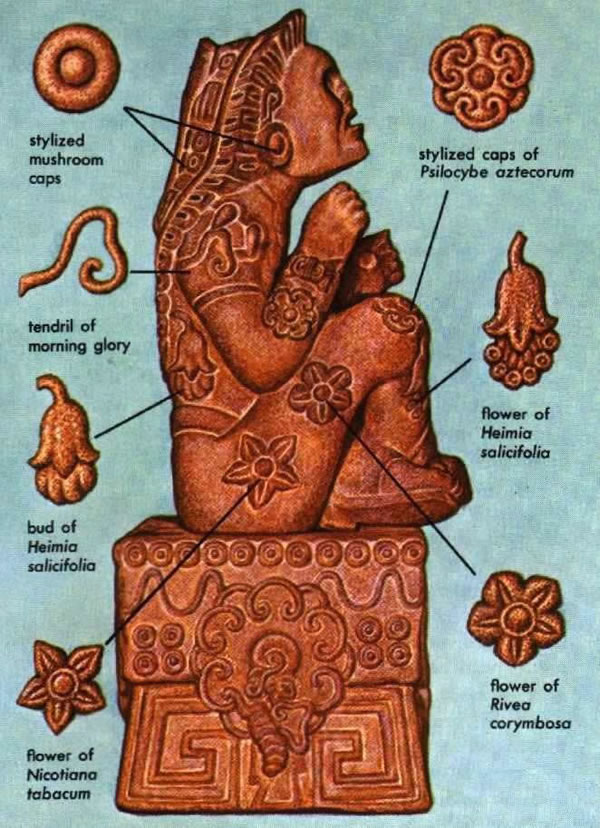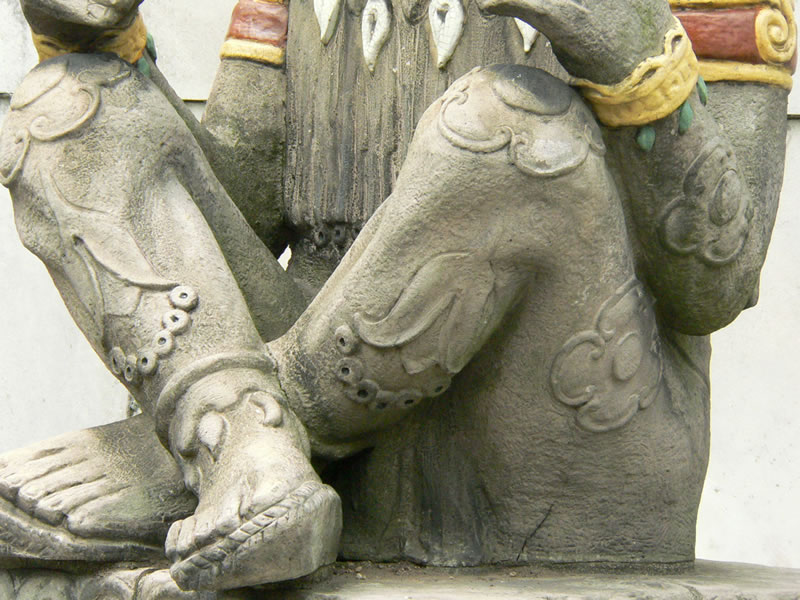Teonanacatl Mushrooms: Flesh of the Gods

Much of our understanding of religion in the Americas comes from eyewitness written accounts of Spanish priests of the ritual and/or medicinal use of psychoactive mushrooms by Native Americans during the early exploratory period in Meso-America. In 1656, Francisco Hernández de Toledo, physician to the King of Spain, wrote a guide for missionaries to the New World in which he described the various mushrooms that were eaten by the natives, including some species that caused a kind of “madness” bringing “before the eyes all kinds of things, such as wars and the likeness of demons.”
The majority of these “mushroom cults” used liberty caps (Psilocybe mexicana or other Psilocybe spp.) Some accounts note that the mushrooms were mixed with mescal (pulque), a naturally fermented beverage obtained from agaves and drunk like wine. It was also known to be mixed with chocolate (Theobroma cacao). Over generations, many later scholars dismissed these early accounts as fiction. In the late 1930s, a young Harvard botanist, Richard Evans Schultes, made history by his pioneering studies of shamanistic mushroom use by Indians in the state of Oaxaca, Mexico.
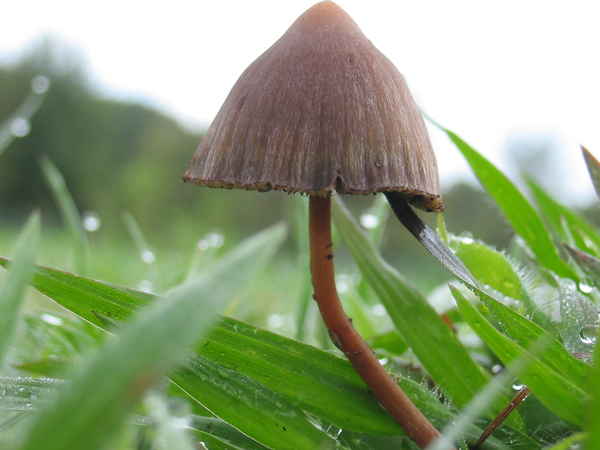 Psilocybe mexicana, Jalisco, Mexico. Photo by Cactu.
Psilocybe mexicana, Jalisco, Mexico. Photo by Cactu.
Xochipilli
The statue of the Aztec god of flowers, Xochipilli, is housed at the National Museum of Anthropology in Mexico City. He is covered head to toe with various entheogenic (divine) plants, including teonanacatl mushrooms on his knees and earlobes. His trance-like face has been interpreted as being in a state of spiritual ecstasy.


